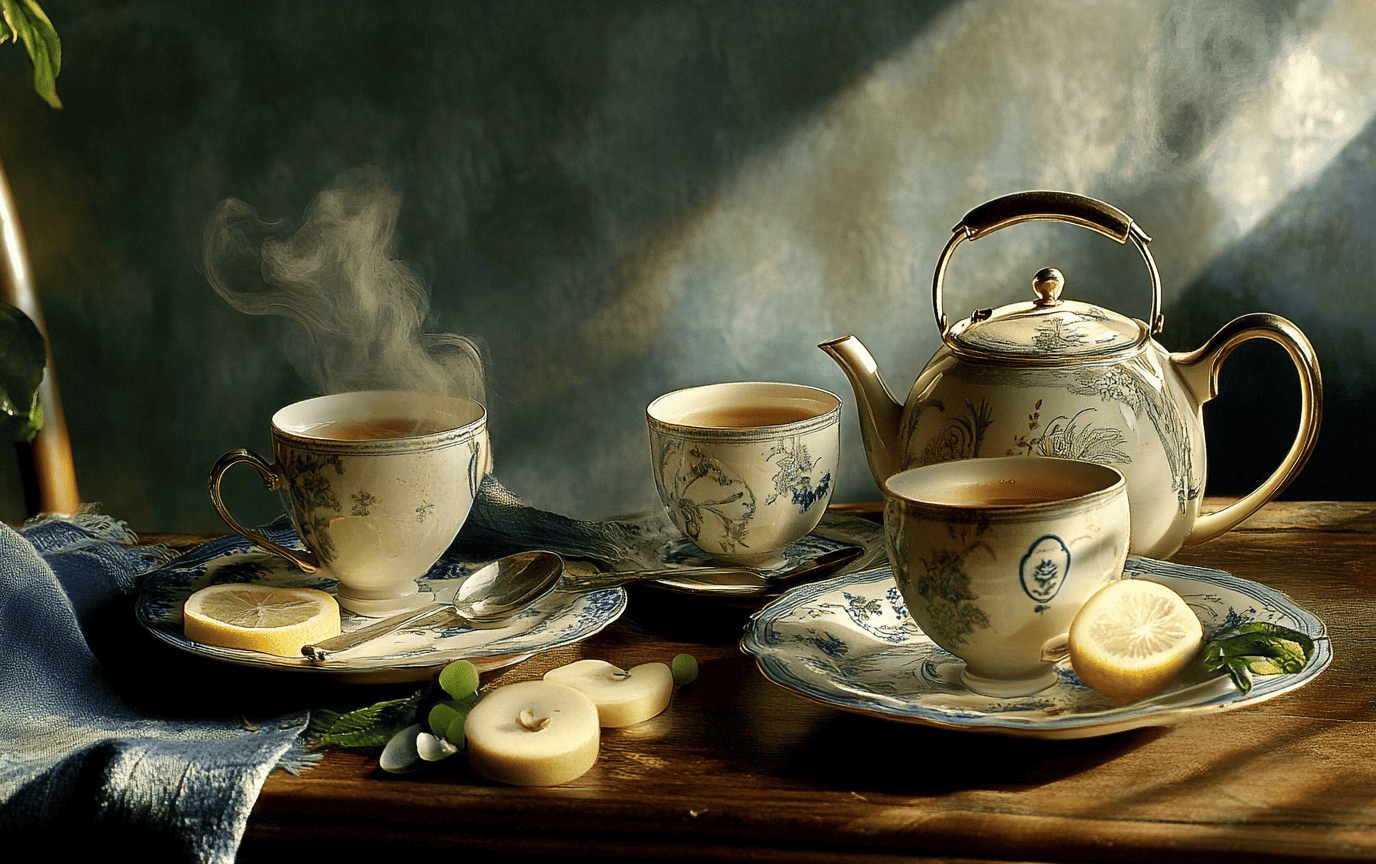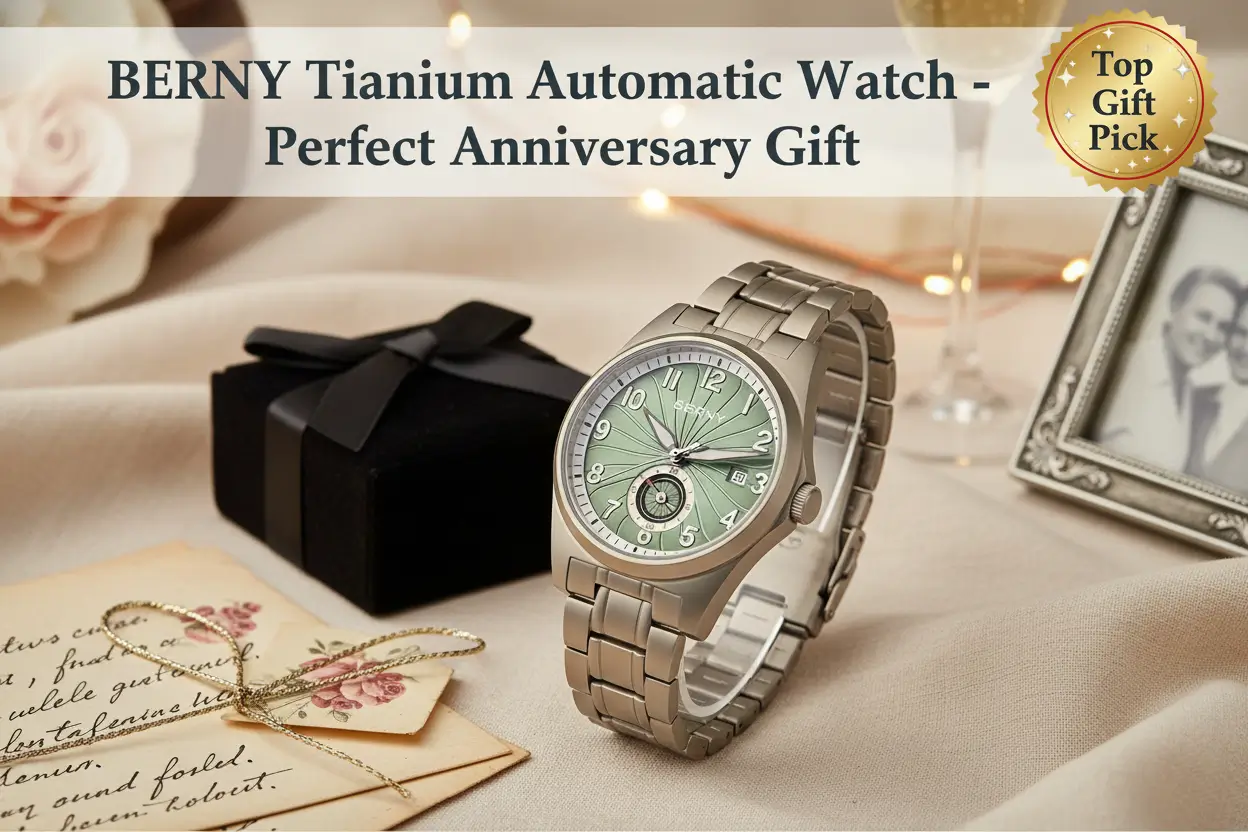Exploring the Significance of Tea in British Culture
There’s a magic in the moment when hot liquid meets porcelain. The steam dances upward, curling like ancient wisps of history, teasing the senses with promises of comfort and camaraderie. In Britain, this ritual is as old as the hills, with roots deep in the soil of its culture. From vibrant social gatherings to serene afternoon breaks, tea serves not merely as a beverage, but as an elixir of connection, community, and identity.
In this expansive journey through the British tea culture, we’ll traverse its storied history, uncover its cultural significance, and explore the impeccable rituals surrounding tea that beckon travelers and locals alike to pause, breathe, and sip. Are you ready to steep yourself in this captivating tale?
The History of Tea in Britain
The aroma of tea has wafted through British air since the 17th century, warming the hearts and homes of the nation. Initially whispered about in the parlors of aristocracy, this exotic drink journeyed across oceans on sturdy ships, brought by intrepid merchants. It was in the bustling markets of London where tea first tantalized the senses of the elite—a luxury that draped both splendor and intrigue around its leaves.
An invaluable player in this tale, the East India Company entered the scene, demystifying and democratizing tea. While once a treasure of the wealthy few, by the 19th century, tea had knitted itself into the tapestry of daily life for the general populace. Just as the setting sun paints the sky at day’s end, tea offers a universal balm to the soul, its influence sprawling across cultures and generations.
Cultural Significance of Tea
Tea in Britain is a warm embrace, an invitation to linger just a moment longer before diving back into the fray of life. It symbolizes warmth, comfort, and hospitality, startlingly simple yet profound. The act of offering a cup of tea—whether to a friend or a stranger—is deeply rooted in social custom, an expression of kindness that can lighten heavy hearts.
Picture yourself walking into a cozy home. The aroma of freshly brewed tea dances through the air, the clattering of cups echoes softly. A smile accompanies the offer of comfort—a pause from life’s chaos. In a world often fast-paced and frayed, tea embodies a sense of civility and connection, echoing through conversations, friendships, and even negotiations.
Tea Drinking Rituals
When we talk about British tea culture, we can’t overlook afternoon tea, introduced by Anna, the Duchess of Bedford, in the mid-19th century. Legend has it that she, feeling peckish between meals, summoned her staff to serve her tea along with cakes and pastries. What began as a simple solution blossomed into a ritual that defined social gatherings of the time.
Afternoon tea is not merely a meal. It’s an experience—an orchestration of delicate tea brewed to perfection served alongside the daintiest of finger sandwiches, scones smothered in clotted cream, and assorted pastries that tempt the taste buds. To attend is to join an elegant affair where laughter mingles with the clink of fine china.
Yet tea isn’t confined to formal settings. In modern British life, tea is enjoyed all day. Picture a busy office: colleagues make tea for one another, sharing not just a drink, but moments of respite between the hustle and bustle of work. It’s these moments that stitch a fabric of camaraderie among strangers.
Tea Etiquette and Social Norms
Ah, the unspoken rules of tea—it’s a dance of civility and grace. Formality may come to mind when envisioning high tea, often a showcase of etiquette; a delicate balancing act of how to hold your cup, the proper way to stir, and how not to commit a social faux pas. Conversation flows smoothly over the tea table, serving as a prelude to dialogues that range from the mundane to the profound.
“It’s good to take a break, isn’t it?” A colleague might quip while pouring cream into a cup, sparking a chat about weekend plans, regrets, or distant travels. With tea nestled between them, a simple Friday afternoon transforms into an interlude of connection and reflection.
Types of Tea and Pairings
British tea lovers have a beloved companion—black tea. The robust blend is often embraced with milk and sugar, adding a velvety texture that wraps around taste buds. Yet, Britain’s love for tea extends beyond the classic. Green teas, fragrant herbal infusions, and fruit teas permeate the landscape, offering variations that cater to both tradition and modern taste.
Picture a leisurely afternoon: biscuits—Hobnobs, a hearty oat-filled treat—lay waiting alongside a delicate scone that melts like happiness on the tongue. Here, tradition still reigns, yet the delight of tea time evolves, inviting new flavors and experiences to share.
Modern Tea Culture
Fast-forward to today, and tea is still the pulsing heart of British life—each cup a story on its own. Modern tea culture thrives amid a swirl of innovation and age-old practices. Tea rooms and quaint cafes burgeoning across the landscape cater to casual drinkers and connoisseurs alike, blending chic ambiance with rich tradition. The act of sipping tea becomes part of the tapestry—a shared experience manifesting in laughter, contemplations, or simply silence.
Yet, while traditional afternoon tea remains a special occasion, the allure of a simple cup at work or home drives many to create their own version of tea-rich moments. A frenzied world may hasten the pace, but tea persists as an anchor to the past, a reminder that it is the simple pleasures which often carry the greatest significance.
Conclusion
As we lift our teacups one last time, let us reflect on the essence of this humble brew—a cultural icon rooted deeply in warmth, hospitality, and community. Each sip reveals a tale, from its storied past to the present-day rituals that brighten our everyday lives. Whether nestled in a plush armchair with a good book or engaged in spirited conversation at an afternoon tea, every interaction—a shared cup—is steeped in tradition and continues to shape British identity.
So, go ahead and revel in those small moments—the gentle clink of porcelain, the swirling steam that rises like a story waiting to unfold. Understand that with each cup, you are partaking not only in a time-honored ritual but also in a legacy rich with flavor, feeling, and shared humanity.
Interested in more insightful reads? Check out our Travel Tips section for the latest advice. For lifestyle inspiration, explore our Lifestyle category, and dive into amazing destinations at Destinations. Don’t forget to connect with us on YouTube, or follow our adventures on Instagram and Pinterest.













